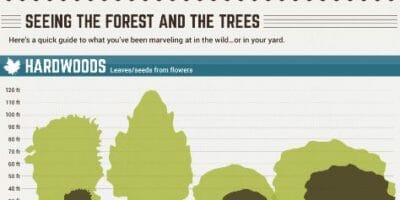Tree Preservation: Indicators That Show The Demand For Elimination
Tree Preservation: Indicators That Show The Demand For Elimination
Blog Article
Short Article Created By-Jarvis Goldman
If you've ever before questioned the fate of the trees on your property, understanding when it's time for removal is essential. Yet just how do you determine if a tree can be conserved or if elimination is the only alternative? By trying to find specific indications and evaluating safety and security threats, you can make educated choices that profit both your landscape and your surroundings. Allow's explore the key aspects that enter into play when determining the fate of a tree and just how you can ensure the most effective end result for your environment-friendly friends.
Signs of Tree Decrease
If you discover any one of the following indications of tree decrease in your backyard, it might be time to take into consideration tree elimination.
One typical sign is dead or worn out branches, which can show underlying concerns influencing the tree's health and wellness. Look out for tarnished or wilted fallen leaves that linger despite having appropriate treatment, as this could be an indication of illness or bugs.
An additional warning signal is extreme leaning or a recognizable change in the tree's base, which might suggest origin issues or architectural instability. Watch out for fungal growth on the trunk or roots, as this can show rot and compromise the tree's security.
Additionally, if you observe huge cracks in the trunk or major limbs, it's important to resolve these concerns promptly to stop potential dangers. Dealing with these indications of tree decline without delay can assist keep the safety and security and aesthetics of your yard atmosphere.
Security Worries
To ensure the wellness of your residential property and those around you, prioritizing safety issues related to trees is vital. Trees can posture various safety risks otherwise properly maintained. Dead or decaying branches might fall suddenly, jeopardizing people or harmful frameworks.
Leaning trees can additionally be harmful, specifically if they're leaning in the direction of a building or power lines. In addition, trees with extensive root systems near foundations or underground energies can trigger substantial damages over time.
It's important to regularly check your trees for any type of indicators of possible threat. Look out for cracks in the trunk, big tooth cavities, or indications of illness and degeneration. If you discover any one of these problems, it's ideal to speak with a specialist arborist to analyze the scenario and establish the required strategy.
Taking aggressive steps to resolve safety and security worries promptly can stop mishaps and home damage in the future. Bear in mind, the safety of your property and those around you ought to always be the top priority when it concerns tree maintenance.
Consulting an Arborist
When taking into consideration the health and wellness of your trees, speaking with an arborist is a crucial step. Arborists are trained experts that focus on the care and upkeep of trees. They can evaluate the total wellness of your trees, recognize any type of problems such as conditions or architectural issues, and provide expert referrals on the best course of action.
By speaking with an arborist, you can get important insights right into the condition of your trees and determine whether removal is essential. Arborists have the expertise and experience to evaluate the risks associated with keeping a tree versus removing it. They can also use assistance on different options, such as pruning, cabling, or supporting, to assist maintain the tree whenever feasible.
In addition, arborists can assist you navigate any type of regional regulations or allows that may be required for tree elimination. mouse click the up coming article can guarantee that the process is executed safely and in compliance with any type of suitable laws.
Final thought
To conclude, when establishing whether trees can be conserved or if removal is necessary, it is important to take into consideration indications of decrease and safety issues. Consulting an arborist for a thorough assessment is essential in making the best decision for the tree's wellness and prospective risks. Bear in mind, positive care and timely activity can aid preserve trees and prevent crashes.
